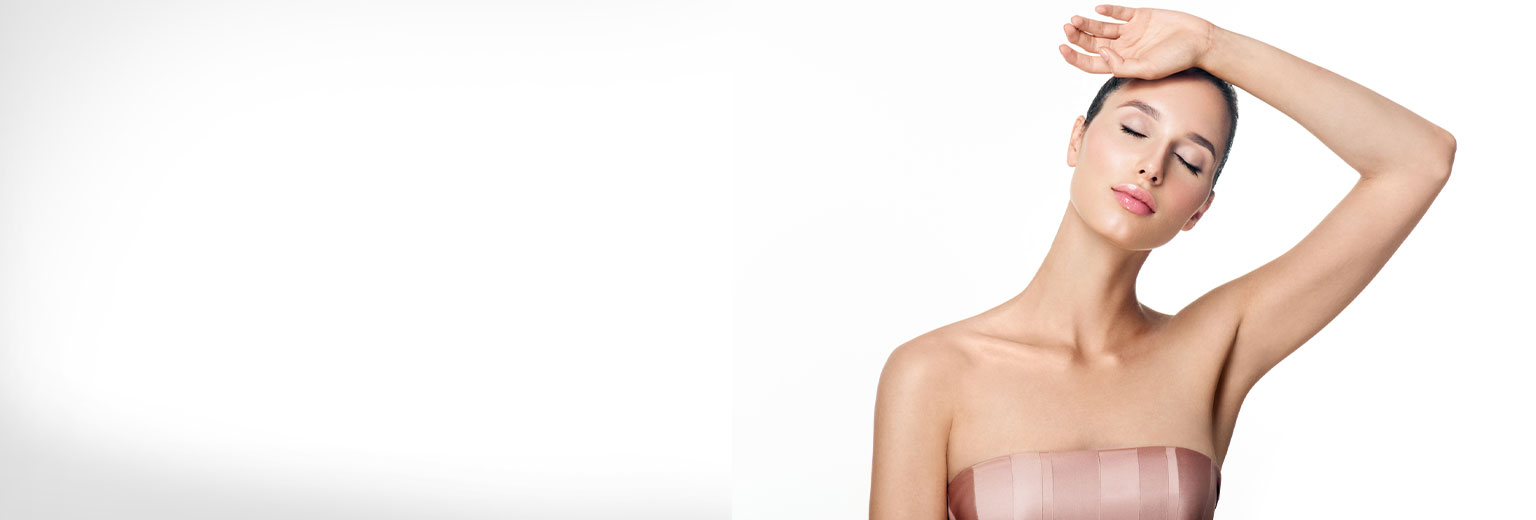Leg & Facial Veins Treatment in Birmingham
Spider and varicose leg & facial veins can cause embarrassment, especially when wearing shorts and bathing suits. The reddish-purple lines on your legs are not unhealthy, but they can certainly cause discomfort and be a cosmetic nuisance. Many women work hard to get their legs in shape but are do not show their legs because of unwanted veins.
Now we can obliterate these networks with the simple injection of a sclerosing solution. The chance for a greatly improved appearance is greater than 90 percent.

Cause and Treatment
There are many factors that cause veins to stretch. They occur despite weight control, diet and exercise. They become more numerous with age but can occur even in the teens. Hormonal changes, particularly those caused by pregnancy and heredity, seem to be factors leading to the development of spider and varicose veins. Some even arise after trauma. They can occur on the face and may be related to excessive sun exposure. I know of no reliable means of prevention. Wearing a support hose may help some individuals. Weight control and low impact exercise may also help
Sclerotherapy
Sclerotherapy is one of the most successful therapies available for removing these veins. The procedure involves injecting a solution through a very tiny needle into the veins. This causes irritation and inflammation inside the vessel and leads to closure of the vessel. The veins become invisible with no blood flowing, and scar tissue eventually replaces them. The veins fade in two to three weeks.
You do not need these vessels for your circulation. Many can safely be destroyed. Depending on its size, a vessel may need to be injected more than once (usually with one month between treatments). Numerous vessels can be treated in one session. There are several different solutions available. Saline (saltwater), glycerin, and soltradecol are the safest and most popular.
If you have large varicose and small spider veins, it may be necessary to treat the larger ones first. This will vary from person to person. If there are very large veins near the groin, a surgical procedure called ligation may be necessary. In patients with extensive varicose veins, doctors may perform non-invasive vascular studies to ensure the best overall treatment.
Treatment
Most patients require 3-5 sessions to achieve the desired cosmetic improvement. Some patients will require periodic treatments every year or two. A treated vein does not actually recur, but new veins can continue to develop in predisposed individuals.
The procedure can be slightly painful for a moment. The saline will usually sting or burn briefly during injection, and you may feel muscle cramps. This discomfort goes away almost immediately. Aethoxysclerol and soltradecol treatment is almost painless.
You should wear a surgical support hose for three to seven days after treatment. For large veins (one-eighth inch or longer), the support hose will need to be worn for a longer period of time. You can buy the hose at some pharmacies, surgical supply stores, and at this office. Side effects occasionally occur. They are rarely more than a short-term nuisance. Your doctor will discuss this with you at your first consultation.
Laser treatment
The gold standard for treating spider veins on the legs is sclerotherapy. There is no laser that is better or safer than sclerotherapy. Lasers are more painful, however, and more likely to leave scars. Almost all are injectable and in general, those that are too small to inject are barely visible. Sclerotherapy is also used to treat facial spider veins, and those that are too small to treat on the face can be treated by laser and BBL (broadband light).
During a consultation, Dr. Ginsburg will discuss the best treatment plan for you. He will prescribe the best treatment suited to your needs and preferences.

